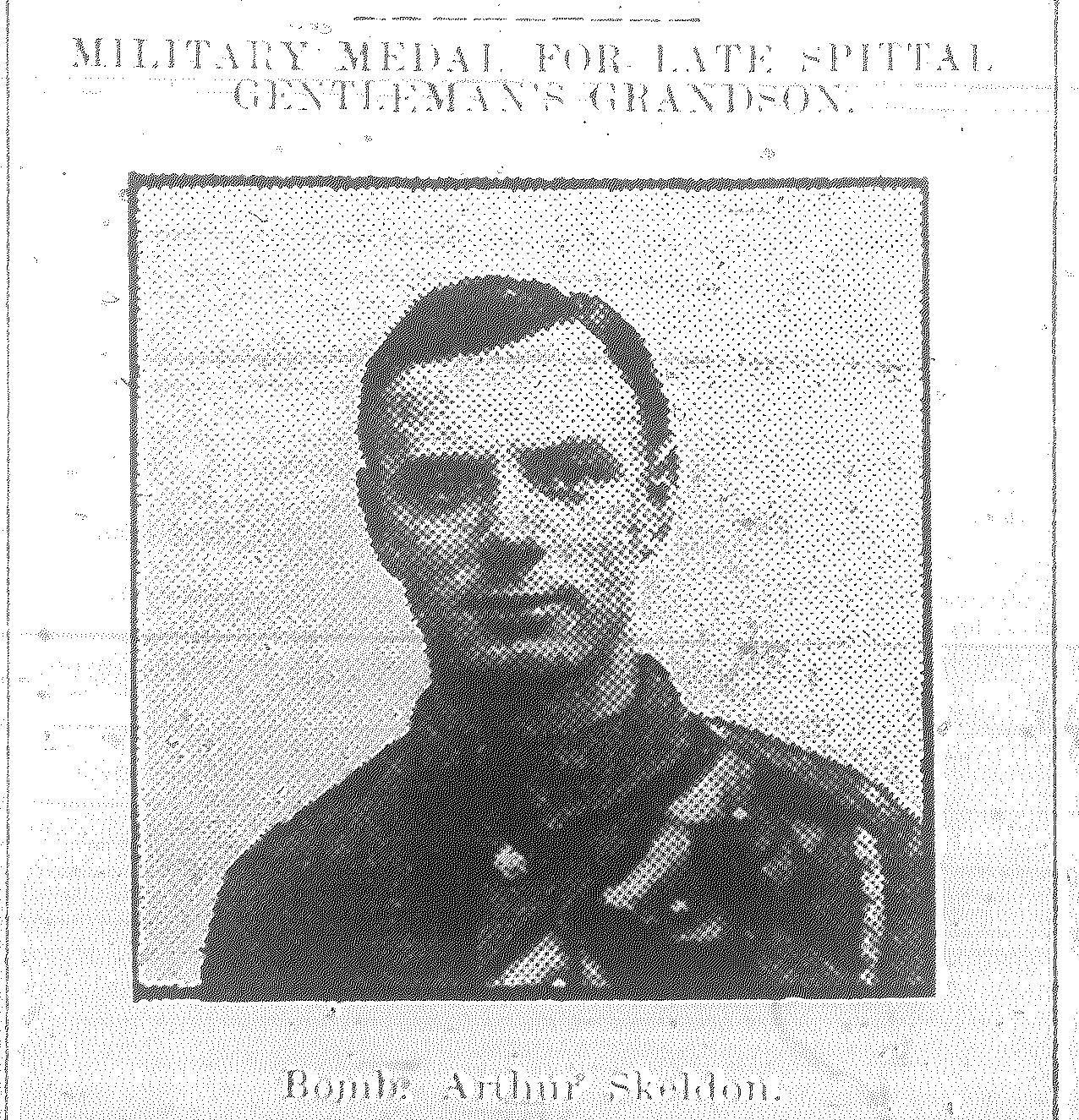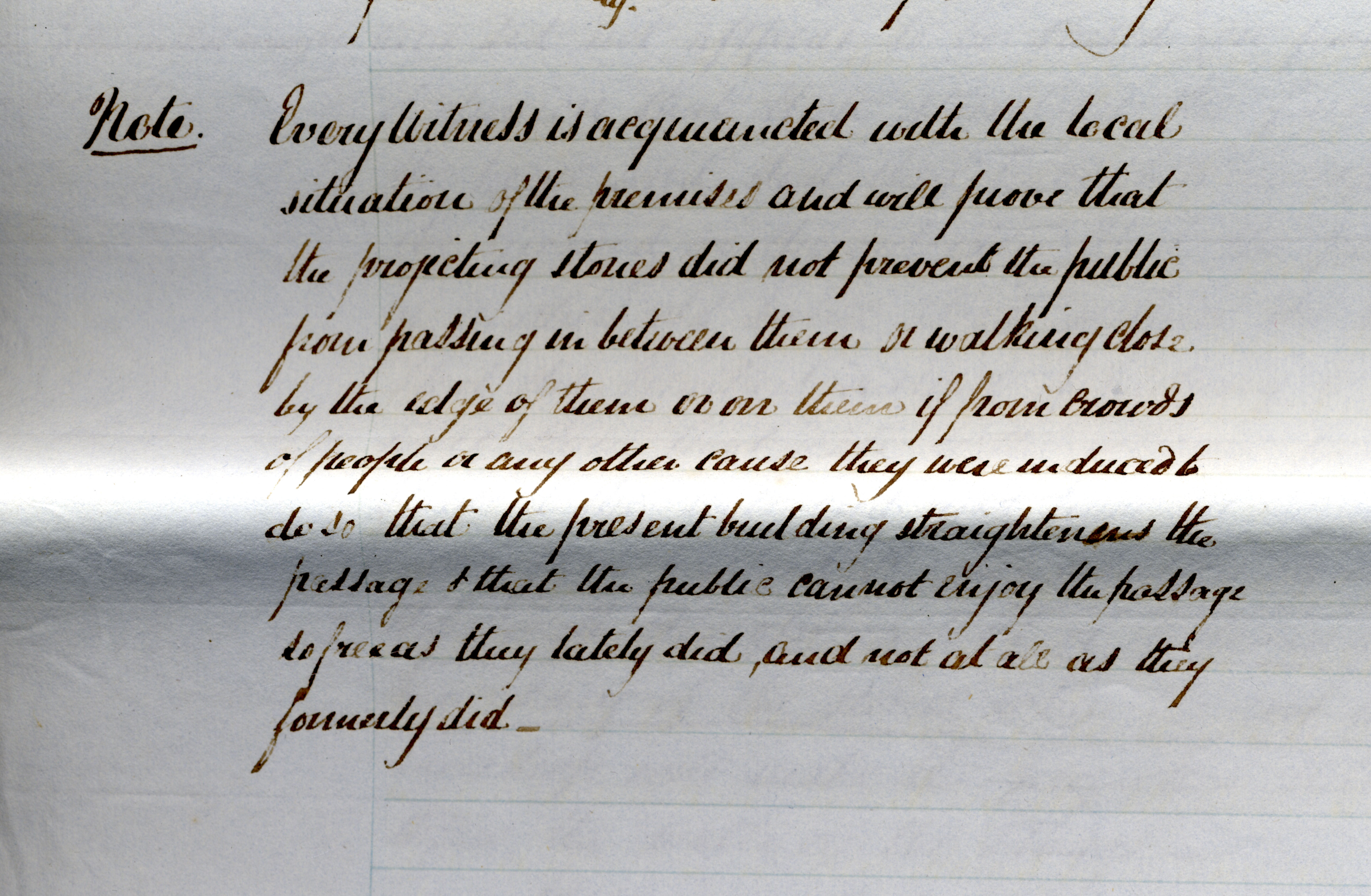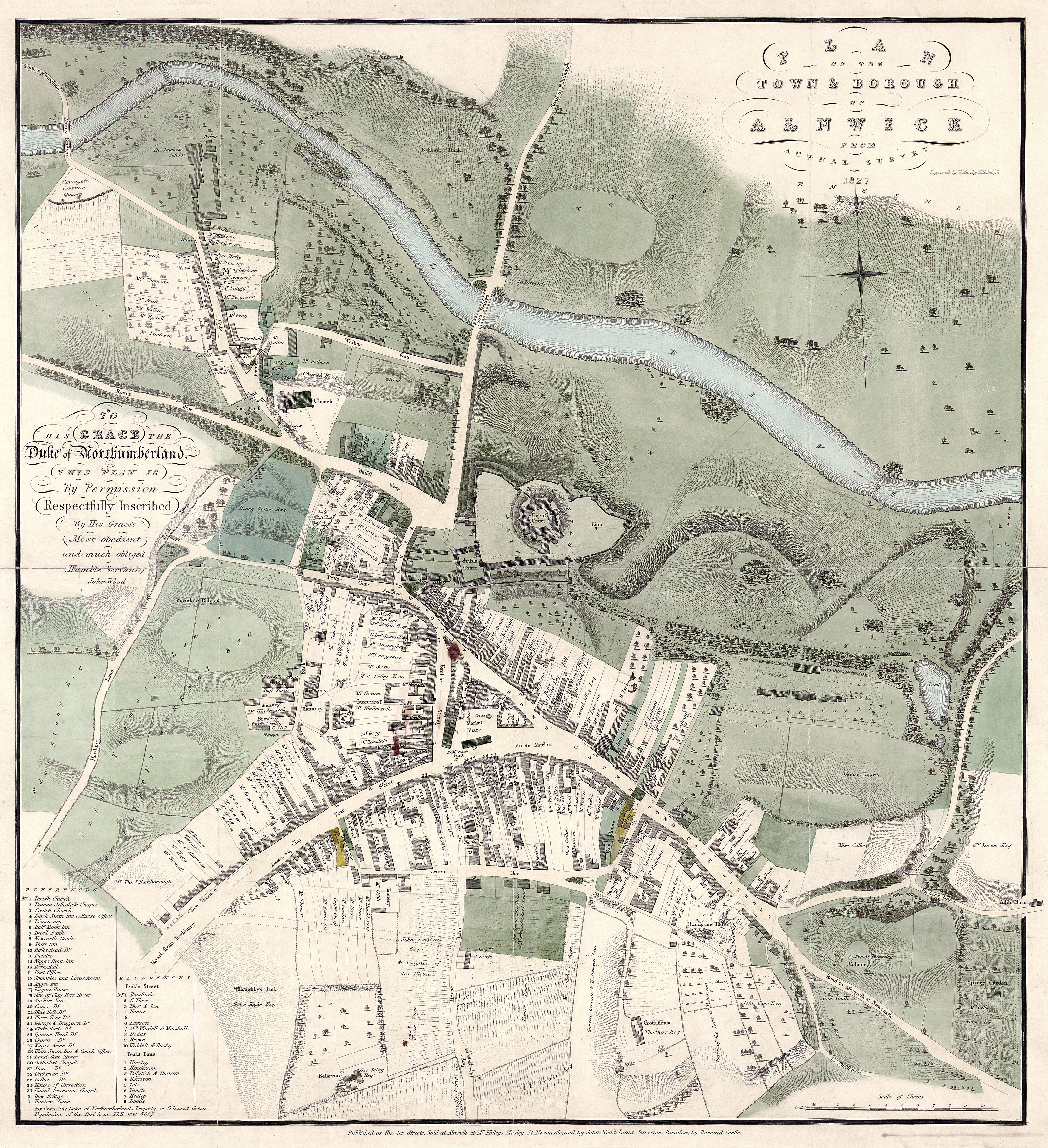BERWICK ADVERTISER, 8 FEBRUARY 1918
We are pleased to learn that Bombardier Arthur Skeldon. R.F.A., has been awarded the Military Medal for “having extinguished burning ammunition and for coolness and accuracy in laying his gun while under heavy shell fire and when the rest of his detachment had become casualties.” He was also promoted bombardier on the field. He is a present in one of the Base Hospitals suffering from shrapnel wounds in the leg. This gallant soldier has been in France for three years, joining up when only a schoolboy when the war began. He is well known in Spittal, being the grandson of the late Mr Joseph Johnson, who was for a many years Dock Master at Tweedmouth. His younger brother Joe, has now joined up and is a corporal in the 19th Hussars at Aldershot. They are both nephews of Lieut. J. Johnston, R.E., who was awarded the D.C.M., for “conspicuous bravery” and given a commission on the field; and of Mr James Johnson, R.N.R., who was called up on August 3rd, 1914, and who along with so many of our local lads has done splendid service on that gallant ship the Macedonia. Good luck to them all.
MILITARY MEDAL FOR A WOOLER MAN
We are pleased to announce that official news has been received to the effect that 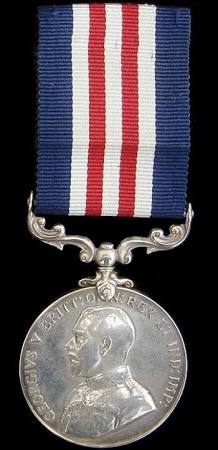 Corporal O. Carr has been awarded the Military Medal. He is the first Wooler man to receive this distinction, and is to be congratulated on his success, which was well deserved as he has proved himself a brave soldier and gone through a lot of fighting. Previous to the war he was a member of the Territorial Force, and when they were mobilised he with others of the Northumberlands was called upon, and after undergoing their course of training were drafted out to France. It will be remembered that on their arrival at the front they were immediately sent into action at the first battle of Ypres, when Brig. General Riddell (another Wooler man) was killed. After completing his four years he was discharged, but joined up again and since then he has been in the thick of it. Corporal Carr is a son of Mr Alexander Carr of Wooler, and in civil life worked with Messrs T. Smart and Sons, slaters and plasterers, Wooler. He was home on leave quite recently, looking fit and well and as eager as ever. Let us hope that he will soon be able to return safe and sound after a complete victory over the unscrupulous enemy.
Corporal O. Carr has been awarded the Military Medal. He is the first Wooler man to receive this distinction, and is to be congratulated on his success, which was well deserved as he has proved himself a brave soldier and gone through a lot of fighting. Previous to the war he was a member of the Territorial Force, and when they were mobilised he with others of the Northumberlands was called upon, and after undergoing their course of training were drafted out to France. It will be remembered that on their arrival at the front they were immediately sent into action at the first battle of Ypres, when Brig. General Riddell (another Wooler man) was killed. After completing his four years he was discharged, but joined up again and since then he has been in the thick of it. Corporal Carr is a son of Mr Alexander Carr of Wooler, and in civil life worked with Messrs T. Smart and Sons, slaters and plasterers, Wooler. He was home on leave quite recently, looking fit and well and as eager as ever. Let us hope that he will soon be able to return safe and sound after a complete victory over the unscrupulous enemy.
SEAHOUSES
The members of B. Coy. Northern Cyclists at present stationed in Seahouses under Lieut D. F. Thomson, together with service men on leave or discharged were entertained to a social evening by a few friends in Seahouses. The entertainment was organised by Miss Ord, Seahouses Post Office, who has in a general way befriended the Cyclists stationed here since 1914. She was ably assisted by the following ladies who provided cakes etc., Mrs Geo. Smith, Mrs W. A. Matthews, Mrs R. W. Mackenzie, Mrs M. Cuthbertson, Mrs H. A. Lawson and Miss Turnbull. Subscriptions were given by Mrs L. B. Ross and Messrs R. and C. W. Dawson, tobacco by Mr L. B. Ross and each man to the number of 50 were presented with a packet of cigarettes by Mr Geo. Smith. Supper was served in the billet, and after it had been thoroughly enjoyed the company adjourned to the large cycle shed which had been artistically decorated by the military under the direction of Mr Geo. Smith. Here they were joined by a number of young ladies. Mrs L. B. Ross kindly lent her piano and excellent music was provided by Corporal Whillicks (piano) and Cyclist Brown (violin). Games and dancing were enjoyed and songs were sung by Miss C. S. Walker, Miss Lizzie Cuthbertson, Miss Helen Young, Quarter Master Sergeant Dixon and Cyclist Gill. Cyclist Potts also gave an exhibition in step dancing. Second-Lieut. Jobson on behalf of the men thanked Miss Ord and those who had so kindly assisted her in providing such an excellent evenings’ entertainment. The men showed their appreciation in a hearty manner. Mr R. W. Mackenzie courteously acted as M.C. Tea urns and ware were kindly lent by Mrs James Young, Longstone House and others.
LOCAL NEWS
The donations for providing of Christmas parcels for members of Wallace Green Church 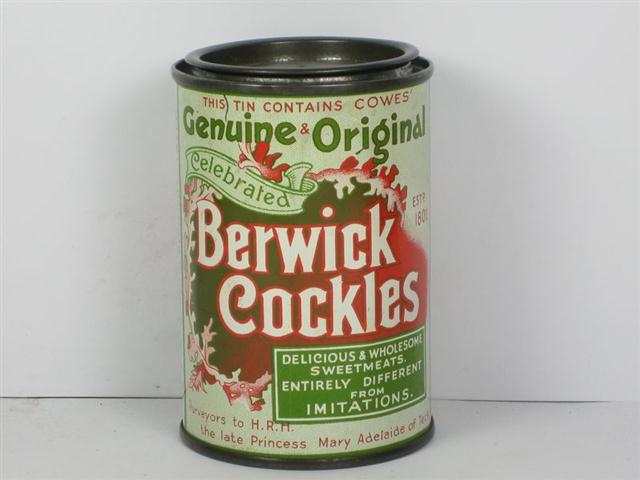 serving at the front were £16 1s 11d., and the retiring collection £12 5s 8d., making a total of £28 7s 7d. 188 comforts, consisting of woollen goods, cigarettes, soap, etc., were sent in 25 parcels were dispatched to the east, 62 to France, and 46 for home, making a total of 133 parcels sent to the different places. Mr Macaskill has received 64 letters and 4 visits from those who got parcels. It was feared that the Salonica parcels had been sunk by enemy action. The Committee are glad to say such is not the case as Mr Macaskill has had leers from Salonica. Thanks are accorded to Mr Geo. Martin, for the free printing of the Christmas letters and to Messrs Bishop, for a handsome gift of Berwick Cockles.
serving at the front were £16 1s 11d., and the retiring collection £12 5s 8d., making a total of £28 7s 7d. 188 comforts, consisting of woollen goods, cigarettes, soap, etc., were sent in 25 parcels were dispatched to the east, 62 to France, and 46 for home, making a total of 133 parcels sent to the different places. Mr Macaskill has received 64 letters and 4 visits from those who got parcels. It was feared that the Salonica parcels had been sunk by enemy action. The Committee are glad to say such is not the case as Mr Macaskill has had leers from Salonica. Thanks are accorded to Mr Geo. Martin, for the free printing of the Christmas letters and to Messrs Bishop, for a handsome gift of Berwick Cockles.
BERWICK PETTY SESSIONS
Margaret Aird, married woman, Tweedmouth, was charged with having neglected her five children, aged respectively 12, 10, 9, 7 and 3 years, on 1st February. She pleaded guilty to leaving her children in the house without a fire guard.
The Chief Constable explained that this was one of the cases they were loath to bring before the Court. She was the wife of a soldier in Salonika, had 39s 6d allowance, and with the income of the oldest child had £2 7s. There had been complaints about the defendant’s conduct for some time past and the police had had her under surveillance. She had been gradually selling the house furniture and the allowance was being diverted to other channels.
Sergt. J. McRobb said on Friday evening, 1st February, he was on duty in Well Road with P.C. Lindsay watching the house. They met defendant going home and on returning with her found there was a large fire on and no guard. All the children were in bed but Mary, aged 12, who was sitting at the fireside. The children were scanty and dirtily clothed, and there was a room she would not open. There was a half loaf and some tea and sugar in the house. Defendant said that a mattress was utilised for the rest sleeping on the floor. Witness had seen her twice or three times coming home between 11 and 12 o’clock at night in one week and she had been under their surveillance for three months.
By Mr Herriot – The children did not appear to be starved, but they could have been better.
Capt. Norman enquired if defendant was ever seen under the influence of drink, and the reply was the negative.
The Chief Constable said it was worse than a case of drinking.
Witness (resuming) said he had seen her twice at night at Borewell, Scremerston, and she was not alone on these occasions.
P.C. John Lindsay said he had seen defendant on several occasions late at night with different parties, and he thought it was improper conduct when her husband was away.
Defendant, in a voluble and forcible manner, addressed the Bench, and denied that she had neglected her children, maintaining that there was animosity shown towards her by her own people because she would not speak to them.
The Mayor enquired if the children had been kept regularly at school.
The Chief Constable said that so far as he knew there were no complaints on this ground and the police had not made enquiries; the complaints were with regard to defendant’s nightly conduct, which had continued for some time.
After a private deliberation lasting over fifteen minutes the Mayor said that the Magistrates had found defendant guilty, but for the sake of the children they would not send her to prison. She would be bound over for six months under £5, be placed under the observation of the Probation Officer, and would be asked to pay the costs, 5s.


